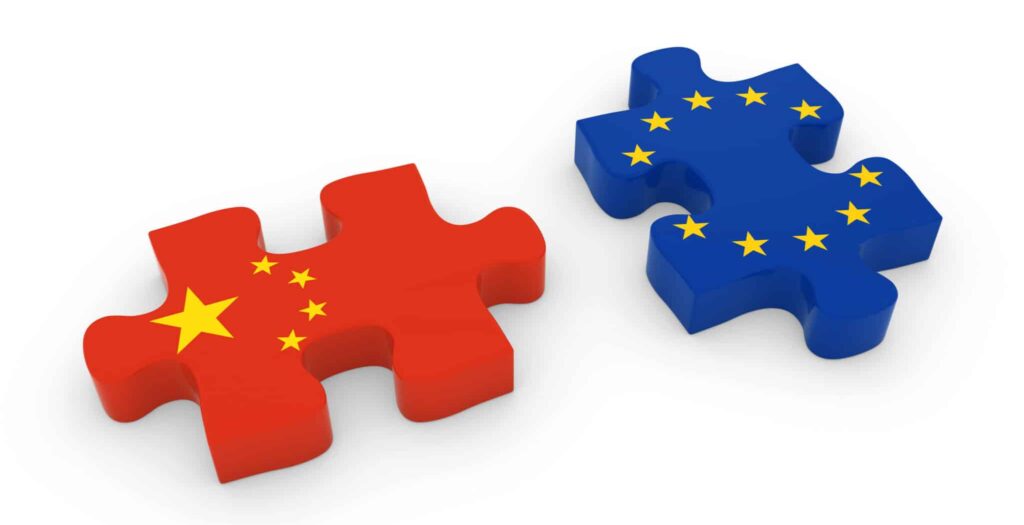The news broke in mid-October that private operators in the Chinese market were buying large quantities of pork cuts at very interesting prices, as reported by Guillem Burset on www.pig333.com. The truth is that the Chinese government has been making strategic purchases with the aim of slowing down the price escalation that is taking place there. In fact, at the time of reporting, live pigs were worth much more than they ever were before African swine fever (ASF) arrived in the country.
In Spain, prices have started their descent from the historical maximum, although these price decreases are being restrained because of the large slaughter capacity installed in Spain and the imperative need expressed by some large slaughterhouses to kill all the pigs they can find. In the rest of Europe, however, things are still far from clear. Germany lowered its carcass price by 20 c (R3,62) in one month, dragging down its satellite markets, including the Netherlands, Belgium, and Poland.
Currently, according to Mercolleida, the theoretical price of a pig in Germany is 19 c/live kg lower than the Spanish price – a huge difference for one pig. This unprecedented difference at this time of the year is what justifies the still existing flow of European pigs arriving in Spain for slaughter. France is now slackening its pace after a few months of leading the European price and Italy is still immersed in a situation of a distressing and suffocating lack of animals (and its price is still stratospherically high at €2,07 (R37,76) per live kilogram for finishing pigs from 160 kg to 176 kg live).
It has been an atypical year if ever there was one, and going forward, the so-called ‘China factor’ will play a determining role. At the moment, it is reducing and slowing down the declines, but no one knows for sure how permanent this interesting demand situation will be.
Read the full article by Guillem Burset here.
The South African Pork Producers’ Organisation (SAPPO) coordinates industry interventions and collaboratively manages risks in the value chain to enable the sustainability and profitability of pork producers in South Africa.









